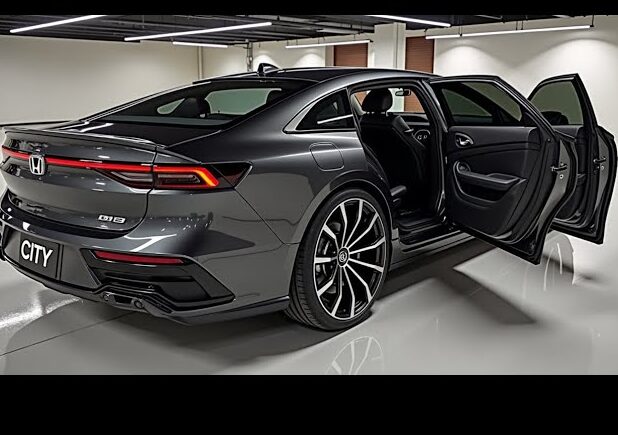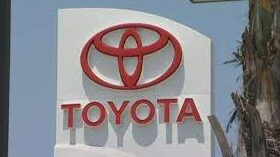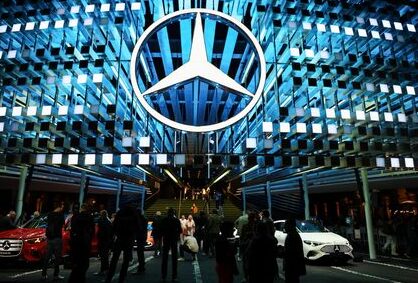Buying a new car isn’t just about the model or the engine. The colour you pick could hit your wallet hard, not only at the dealership but years down the line when it’s time to repair or sell.
With new “75” number plates rolling out in the UK from Monday, dealers are gearing up for one of their busiest periods. But if you’ve got your heart set on a particular shade, be prepared to pay up. Depending on the brand, a switch from red to blue, or from metallic to matt, can add hundreds or even thousands to the price.
Most carmakers now only offer one “free” colour. For example, a Nissan Qashqai comes in red at no extra charge. Silver, black, white or metallic blue? That’s an extra £745. An Audi Q3 is free in white, but you’ll pay £575 for shades like “progressive red” or “Navarro blue.” BMW gives you white as standard on the X3, but “dune grey” costs £875 and “Tanzanian blue” jumps to £1,725.
A survey by Auto Express earlier this summer found big differences between manufacturers, sometimes in ways buyers don’t spot until it’s too late. “It’s catching people out and can turn what should be a fun part of car buying into a bit of a nightmare,” says Paul Barker, the site’s editor.
There are four main types of car finish, ranked cheapest to priciest: solid (basic), metallic (tiny aluminium flecks for shine), preadolescent (extra shimmer), and matt (a flat, modern look).
But the costs don’t end at purchase. Bright or unusual colors can make a car harder to sell later. Jonathan Such of First Response Finance says timeless shades like black, white and silver hold value best, while trend-driven colours tend to lose value faster. The exception? Renault’s bright yellow R5, which has been iconic since the 1970s. The shade costs £800 extra but often pays off because of its history.
Repairs are another hidden cost. Speciality finishes are pricey to touch up, says James Harris of Slim’s Detailing. “A small scratch can become a big hassle,” he explains, since exact matches are harder and more expensive to achieve. Darker shades like black or deep blue also show every swirl mark and water spot, so owners need more frequent detailing. Lighter colours such as silver or white hide imperfections better and are easier to maintain.
Matt finishes are especially tricky. Martijn Versteegen of Imagin Studio says even a small scratch may require a full respray, since matt paint can’t be polished out like standard finishes. Red cars also come with a catch: their paint tends to fade faster than any other color, meaning more frequent resprays, says Such.
Insurers don’t base premiums on color, but if you respray after purchase, you’ll need to declare it as a modification.
And if you think paying £745 extra for a Qashqai sounds steep, consider this: choosing a glossy “azzuro astro” blue on a Maserati GranTurismo Folgore adds £15,840 to the bill. Then again, with a £182,000 price tag, maybe those buyers won’t mind.






